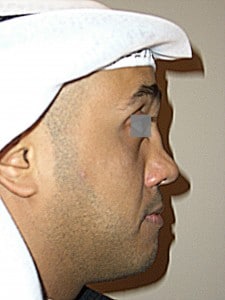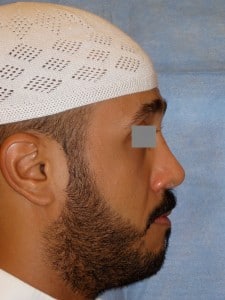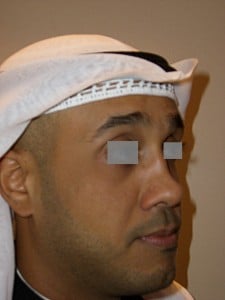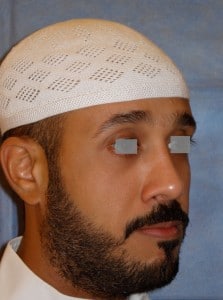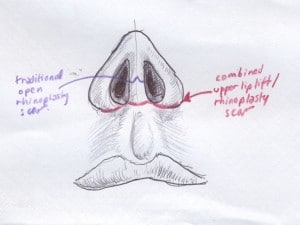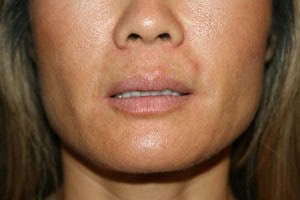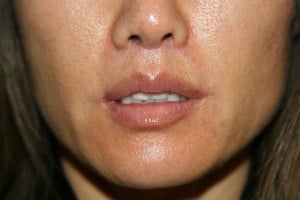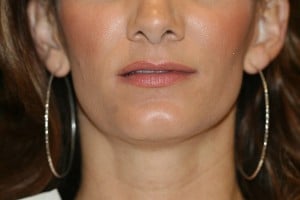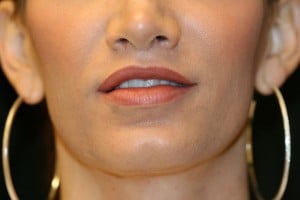In order to perform a nose job or rhinoplasty whether in Beverly Hills, Los Angeles or wherever, the plastic surgeon must be physically able to manipulate only two things under the nasal skin-cartilages and bone, Well, the debate rages on and on as to what is the best of the two methods in gaining access to the internal cartilaginous and bony structures of the nose. The two methods are the “closed” and “open” techniques.
The “closed” technique involves creating incisions confined solely to within the actual nose (usually located just within the nostrils proper) whereas the “open” utilizes the same incisions as the “closed” but also incorporates a small additional one across the columella (the fleshy partition separating the left and right nostril at the bottom of the nose).
In this age of less invasive surgery afforded by modern technology through the use of endoscopes, modern radiology, etc. one would think that the “closed” technique represents a newer evolution in rhinoplasty surgery, but surprisingly, the opposite is true. The “closed” technique is the more traditional approach while the “open” evolved and gained in popularity as both patient and surgeons expectations grew. Perhaps unrealistically, patients increasingly expect perfection and in their quest to deliver the acme of results, surgeons need as much control as possible when performing the surgery. Control involves extremely accurate symmetrical suture placement (to reshape cartilage), hemostasis (to minimize bleeding), strategic cartilage graft location and stabilization among other factors. In order to gain the most control as possible, visibility must be maximized and this is where the “open” method far surpasses the”closed”.
Proponents of the “closed” technique cite prolonged swelling and a potentially visible scar across the columella as two distinct disadvantages to the “open”. However, in proper hands these supposed shortcomings can almost always be avoided. I, as a rhinoplasty specialist, used to perform 80% of my rhinoplasties as “closed”, but now I carry out 90% as “open” and I can safely say that over 95% of my rhinoplasty patients are delighted with their new nose by the end of the second week. If the surgery is carefully undertaken, I have seen essentially no difference in swelling between the “closed” and “open” techniques. However, the one difference I have seen are the clearly superior results afforded by the “open” method.
To see many “open” rhinoplasty results, click
here and
here for revision rhinoplasty.
Dr Randal Haworth can be contacted at 310 273 3000 and Is a Board Certified Plastic Surgeon (American Board of Plastic Surgery) who practices at The Haworth Institute in Beverly Hills.
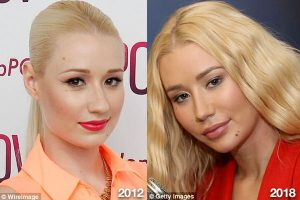 ‘When done right, results can be sublime and indiscernible to a layman’s eye. In the absence of rare complications, less surgical work is needed to create the beautiful, yet subtle, results as exemplified by Ms Azalea – while a less-than-average surgeon could draw unwanted attention to an anatomical “flaw” which only makes things worse.’
‘When done right, results can be sublime and indiscernible to a layman’s eye. In the absence of rare complications, less surgical work is needed to create the beautiful, yet subtle, results as exemplified by Ms Azalea – while a less-than-average surgeon could draw unwanted attention to an anatomical “flaw” which only makes things worse.’
